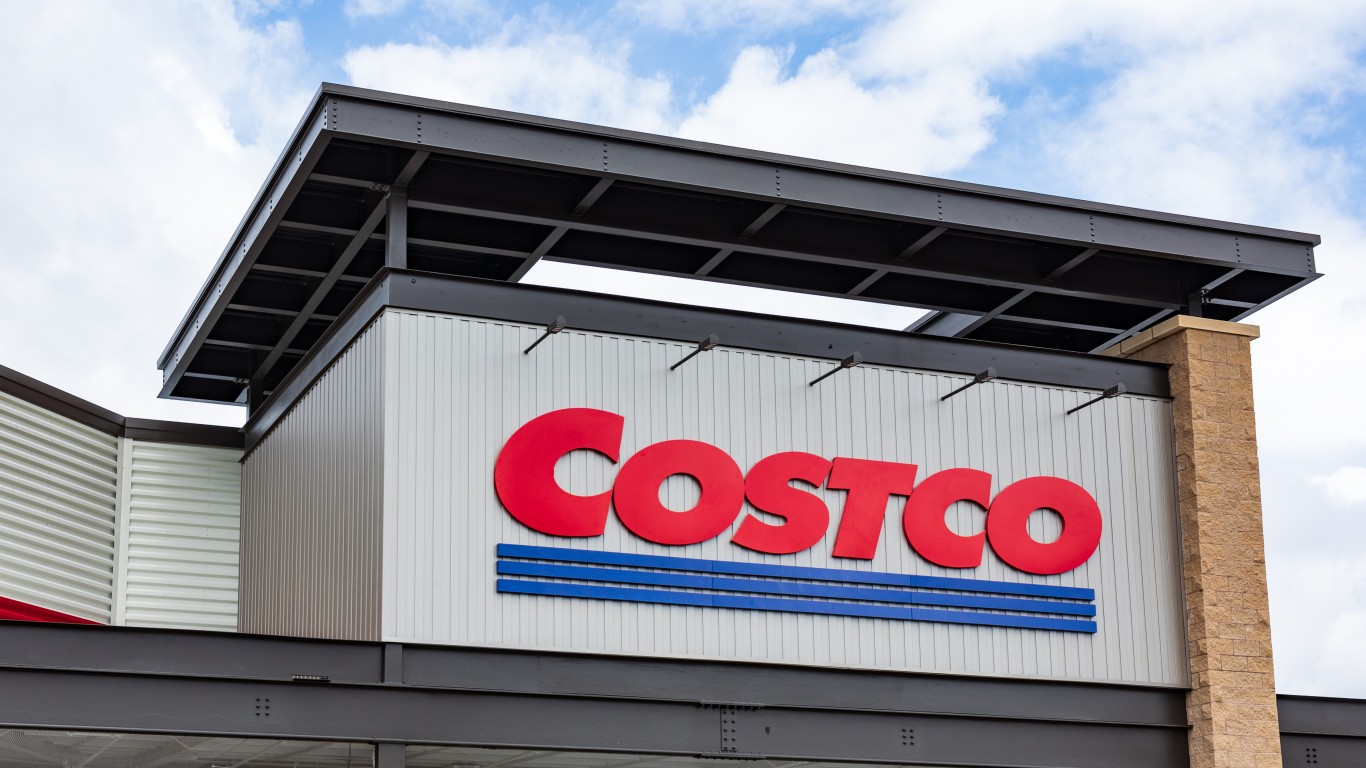GameStop Corp. (NYSE: GME) announced earnings for the year and the fourth quarter that ended on January 31. Many investors were disappointed that video console sales were dropping. More important was GameStop’s view of its own future. It has stopped growing and actually may be shrinking.
For the quarter just ended:
Total global sales for the fourth quarter of 2014 were $3.48 billion, a 5.6% decrease (a 2.8% decrease in constant currency) compared to $3.68 billion in the prior year quarter as mobile and consumer electronics and new software growth was offset by a decrease in new hardware sales. Non-GAAP digital receipts increased 41.4% to $368.8 million, or $53.0 million of sales on a GAAP basis, led by growth of downloadable content and mobile digital sales. Consolidated comparable store sales declined 1.8% (a 1.4% decline in the U.S. and a 2.6% decline internationally) due primarily to overlapping the launch of Sony’s PlayStation 4 and Microsoft’s Xbox One in November 2013.
ALSO READ: Smartphone, Tablet Gaming Far Outpaces Handheld Console Games
In a world in which mobile sales of games have become critical, GameStop has not kept pace. Its forecast for the current year is that revenue could drop 1% and comparable store sales may only move up 1%. And the trend of game sales continues to run against it.
A recent study by PwC pointed out:
Mobile is delivering a new generation of gamers. Global mobile games revenue is forecast to reach US$15bn in 2018, rising at a CAGR of 9.6%. China, Japan and the US are key markets. Only advertising revenue, which is still relatively small, will grow at a faster rate within the video games segment. Rising smartphone ownership is increasing access to mobile games globally and has enabled innovation in gameplay and business models.
The GameStop model, which is primarily one based on bricks-and-mortar, has begun to face the similar problems of other traditional retail business models. Those traditional models have been overrun by e-commerce companies, led by Amazon.com Inc. (NASDAQ: AMZN). The process has continued even as traditional retailers try to move online.
Still more proof of the move of games to mobile is Apple Inc. (NASDAQ: AAPL) app downloads. Among the 20 most downloaded free apps, six are games. Of the 20 most popular paid apps, 13 are games. Given the size and scope of Apple’s app presence, the movement of games to mobile is an overwhelming trend.
GameStop’s business model is not only old, but aging more quickly. And there is no evidence that will change.
ALSO READ: The Worst Product Flops of All Time
Thank you for reading! Have some feedback for us?
Contact the 24/7 Wall St. editorial team.



